

Who stays in Fossano can learn about a territory that offers countless opportunities to stop to deepen a culture that comes from a centuries-old history and has roots that have remained the same over time, discovering the true nature of the many fascinating corners.
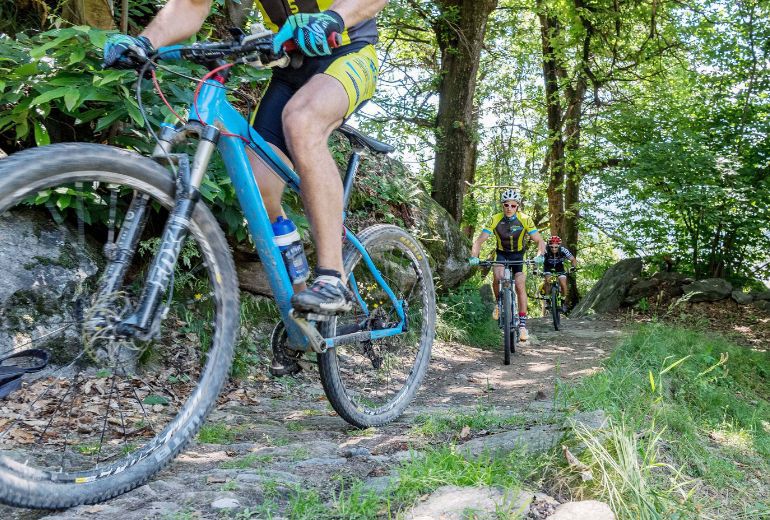
A landscape located in a particularly happy position, between the hills of the Langhe and the alpine valleys from which the Po river and its many tributaries flow, with a microclimate and air quality that benefit from this orography and in particular the proximity of the mountains and the sea.
Experience nature by practicing outdoor sports, starting from the most exclusive, such as golf (in the 18-hole courses of Cherasco and Carmagnola, both less than half an hour from Fossano, as well as in a series of minor courses), but also simple excursions in nature, either walking or cycling, along paths and minor roads, starting from the numerous nature trails that run through the river parks and allow you to reach various wildlife sanctuaries.
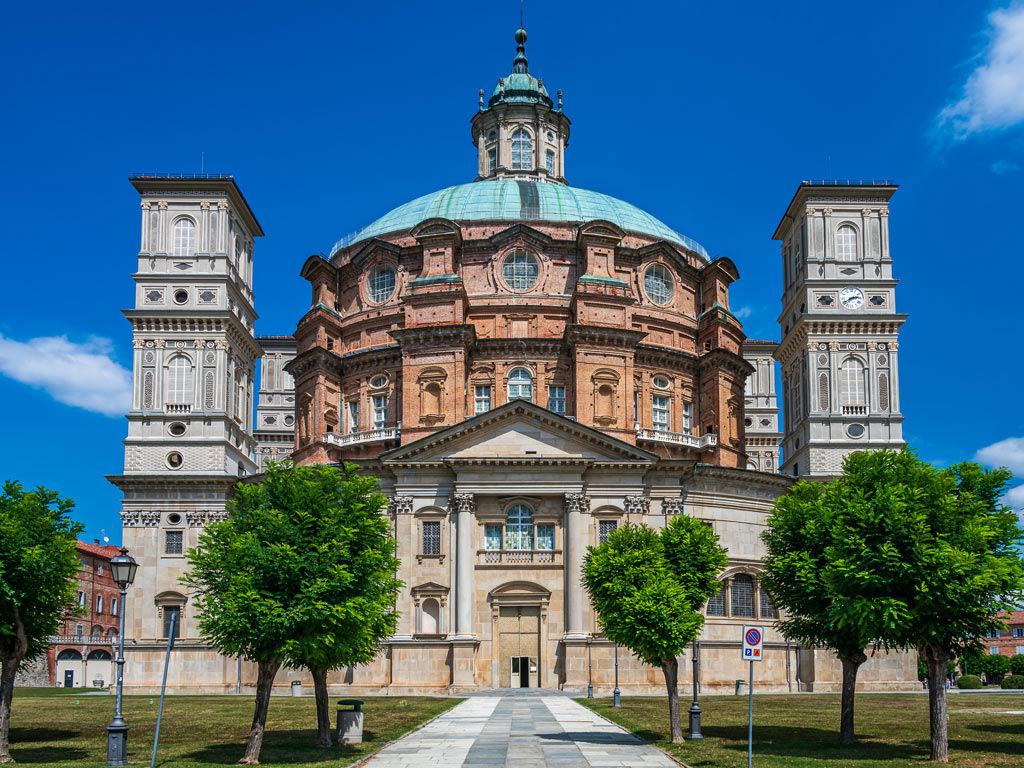
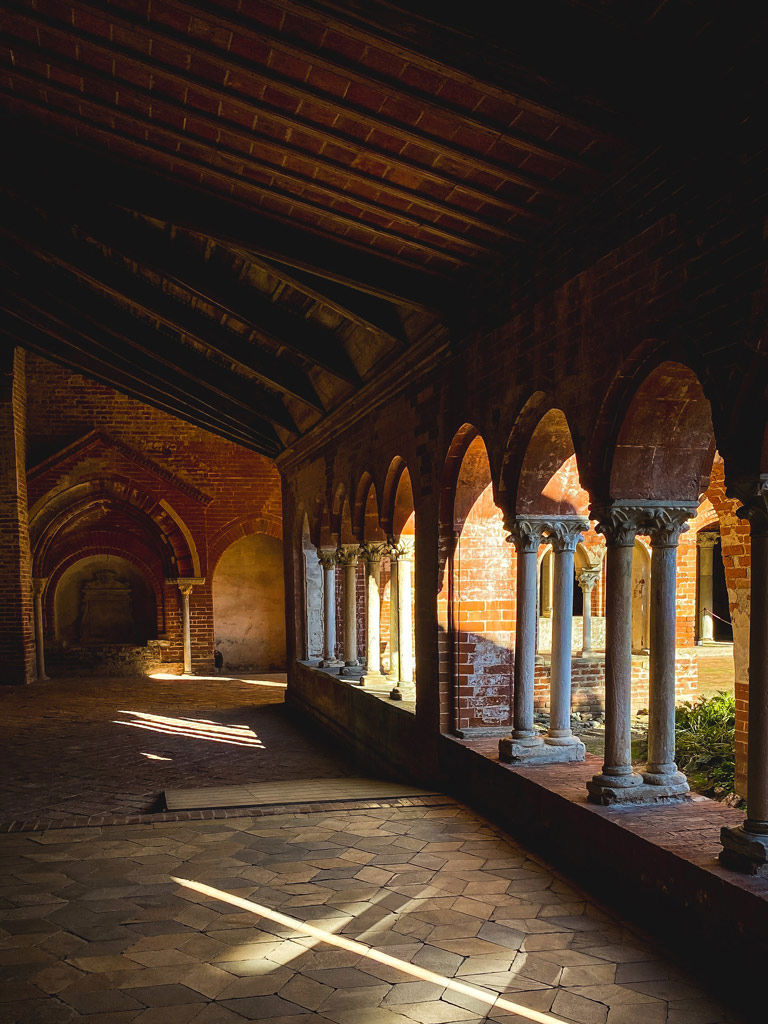
Discover the testimonies of the millenary history of a territory that has always been crossed by the communication routes traveled by pilgrims coming from Europe to Rome, also promoting artistic, cultural and commercial exchanges, and in the last centuries with a strategic position and a fundamental role for the traffic between Piedmont and Liguria, in particular for the Savoy dynasty, with the Duchy first, and then with the Kingdom of Savoy.
Testimonies of Neolithic settlements, of Roman and Longobard cities, up to the wealth of medieval, Renaissance and Baroque architecture. Numerous religious buildings: churches, convents and abbeys, such as the Vicoforte Sanctuary, Staffarda Abbey, or even minor churches such as the Chapel of San Fiorenzo in Bastia, richly frescoed with evocative testimony of a popular artistic culture.
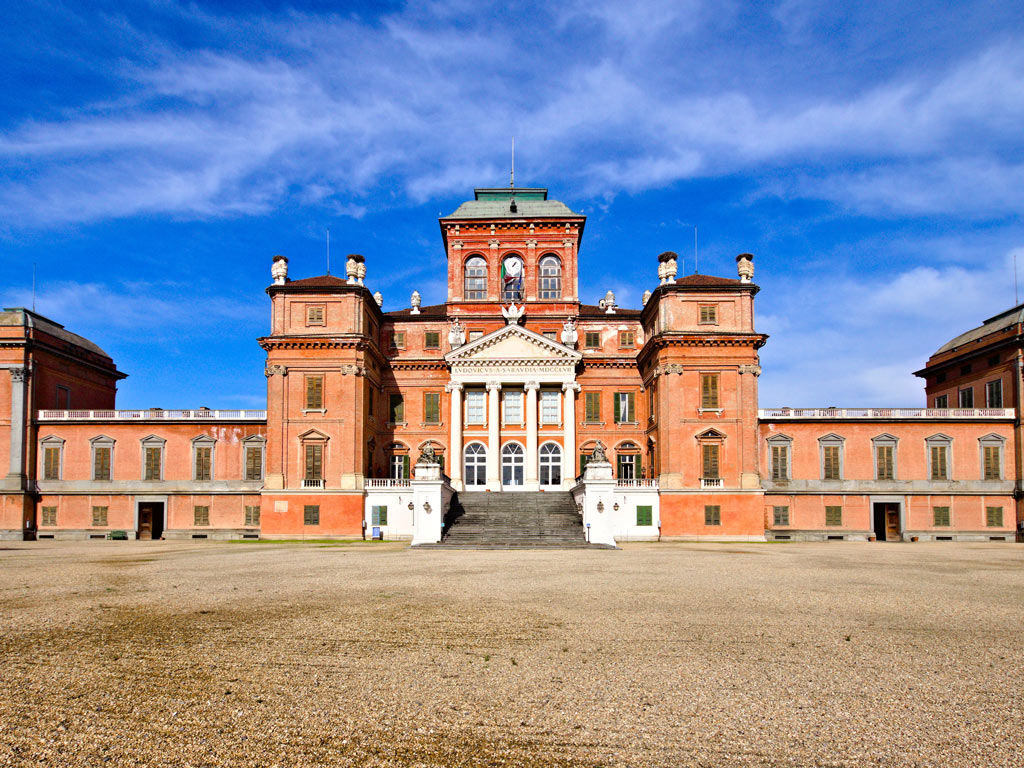
Castles and fortresses, starting from those that mark the route from Turin to the sea, such as the Royal Residence of Racconigi with the adjoining large park and the Castle of Valcasotto (both UNESCO World Heritage), but also many smaller castles, often frescoed, like the Castello della Manta, the Tapparelli d’Azeglio Castle in Lagnasco, the Roccolo Castle in Busca, the Castellar Castle and the Filatoio Rosso in Caraglio.
Historic houses and ancient palaces, heritage in particular of the noble Piedmont of the last centuries and of the Savoy Kingdom, which often host small interesting museums, such as the Arpa Museum in Piasco, the Ceramics Museum in Mondovì, the Gipsoteca in Savigliano.
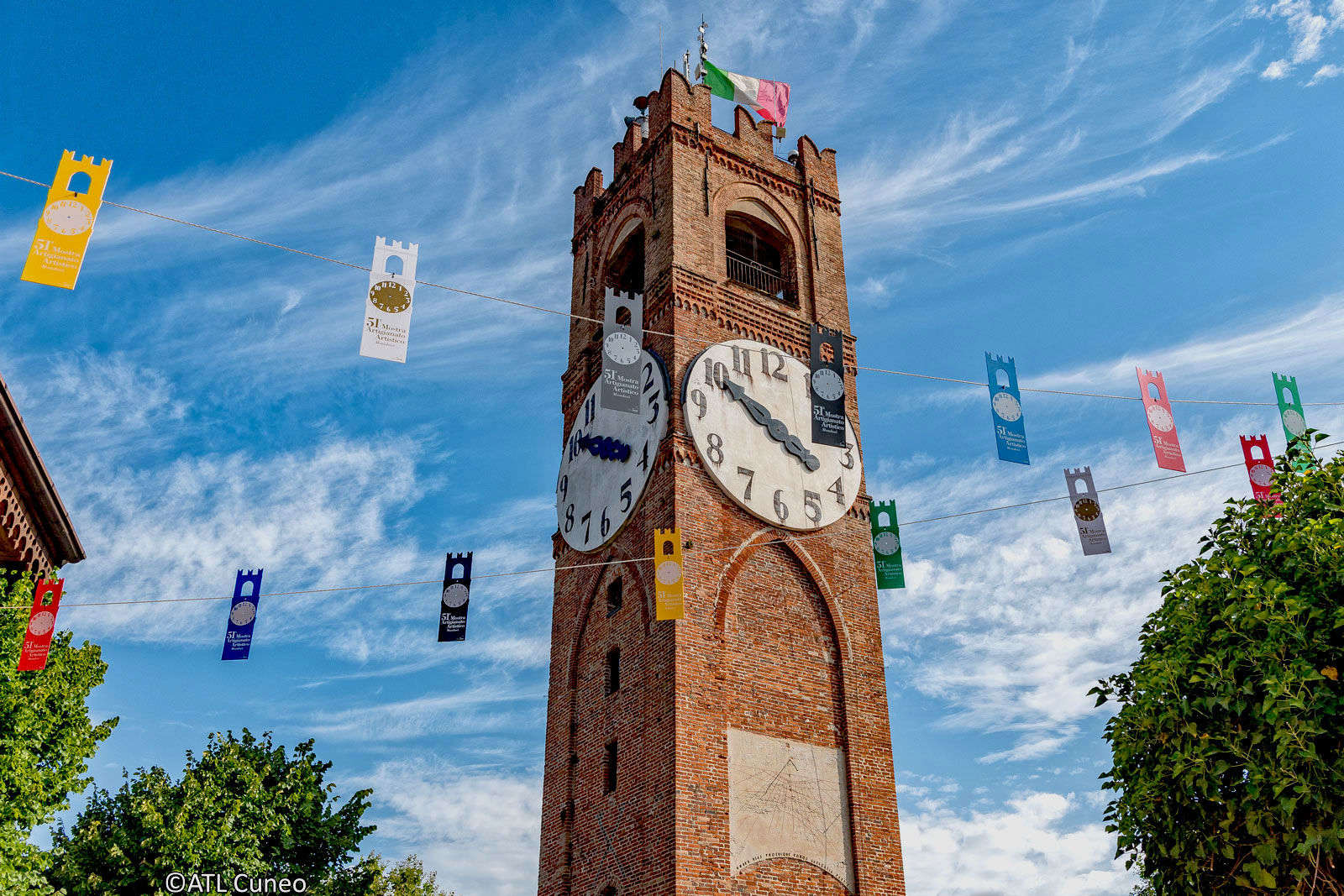
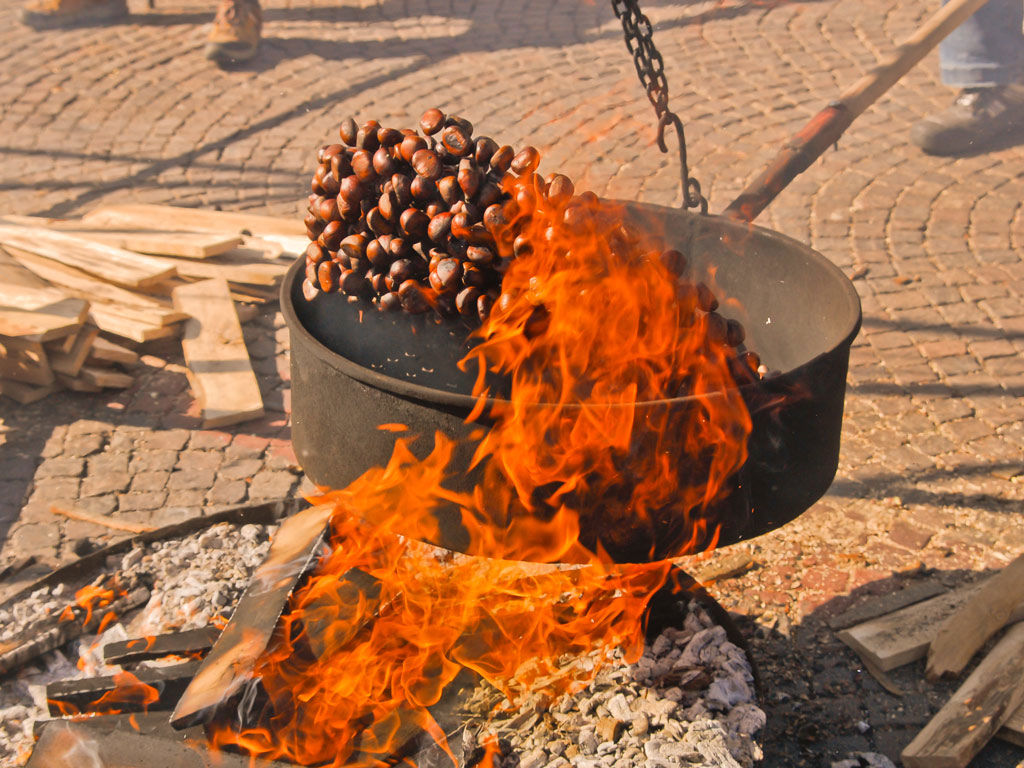
in fairs and festivals, especially those related to typical products that are the basis of a unique gastronomic tradition (Cheese in Bra, the Porro Fair in Cervere, the Bue Grasso Fair in Carrù, the Cappone Fair in Morozzo, the Bread Festival in Savigliano, the Fair of Anchovies in Dronero, the Marrone Fair in Cuneo and many other minor events, but no less evocative as the nights of “Canté j’euv” in different locations.
And then historical representations, ancient feasts, and the various markets, starting with those of craftsmanship and the many antiquarian markets that are organized in many historic centers and which have a permanent home in the Antiquarian City, an exhibition and sales center just a few kilometers away. from Fossano.